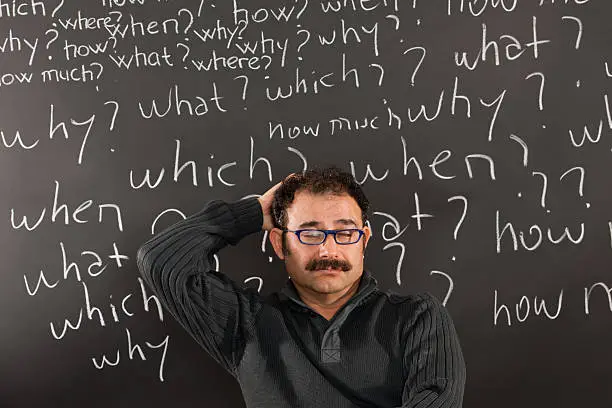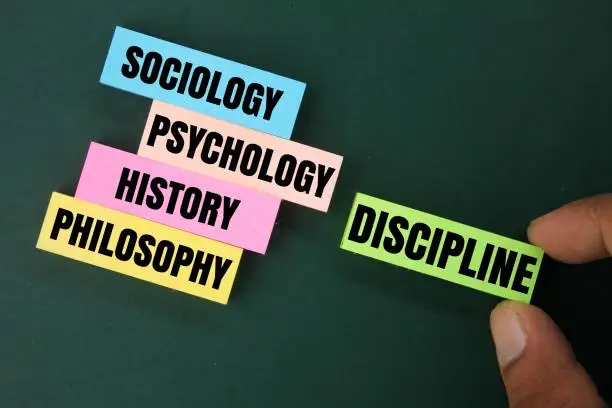
Universal Language: Is It Possible to Speak to Everyone?
- 0
Table of Contents
ToggleIntroduction
Wouldn’t it be great if communication was as easy as breathing, regardless of nationality and native language? The concept of a Universal Language is something that has intrigued humanity for centuries, gaining the attention of not only linguists and philosophers, but also science fiction writers.
More than ever, with today globalized world, the common language dream comes across as immediate and within reach. But can you actually create a tongue that all comprehend? In this article, I discuss the concept, history, challenges and opportunity of a Universal Language in our world today.
The Ancient Search for a Global Language

The quest for a Universal Language is an idea that is not exactly novel. Philosophers in the 17th century, such as John Wilkins, envisioned logical languages to remove the obstacles to conversation that they saw across the many human tongues. This was the case with Esperanto, developed in the late 1800s by L. L. Zamenhof, among the most widely known and successful of the constructed languages.
The mission was to nurture understanding that leads us towards peace. Esperanto was a beautiful dream born from those philosophies, but despite its deep roots and its simplicity, it has never made it out into the world as a truly global language, highlighting the challenges of bringing diverse cultures together under a single linguistic umbrella.
Why We Need a Language that Everyone Can Understand
Yet in a globalised world, people are crossing borders more frequently than ever before. Whether in international business, diplomacy, education or travel, communication is a key issue. Language differences may cause misinterpretation, financial loss, or even war.
This can lessen these issues, make room for rational enterprise, and create ways for harmony around the globe through a Universal Language. As explained further, in emergencies or health crises, such as pandemics, a common language might literally saves lives, for accurate information needs to be globally understood.
The Contemporary Language of International Communication
English is now widely regarded as a de facto Universal Language, being spoken by over 1.5 billion people worldwide either as a native or second language today. It prevails in such fields as science, aviation, technology and international relations.
Although English has a certain degree of global applicability, it is not actually universal. English is also seen as the language of the colonizers, which may pose some resistance across varying regions where very few people may have access to English education yet. This demonstrates that even the mightiest tongues have their shortcomings.
How Technology Can Help Close the Language Gap
With the arrival of newer technologies, the conventional barriers of communication have been ignored in a few ways as well. With the help of Google Translate and real-time interpretation applications, you may converse over languages instantaneously. Increasing accuracy and ease of use of these tools is being achieved with Artificial Intelligence (AI).
These technologies are not perfect, but they are a step closer in the quest for a Universal Language; where humans can “communicate” with each other without the necessity of learning a new language, and thus maintains the potential for more development within the language field.
The Difficulty of Making a Proper Universal Language

In-fact, there are numerous technological advancements, which though play their role in offering the molecular stimulus towards developing a real universal language. This cultural diversity implies that languages are intricately linked with identity, values and heritage. A new language may not appeal to people if it threatens the traditions they hold dear.
And finally, getting the world to agree on one being used is a political and logistical challenge. Moreover, the existence of diverse phonetics and grammatical systems renders a language that is equally easy to learn, practically impossible across different linguistic backgrounds.
Languages that have been constructed: Esperanto and further
The constructed languages or so-called “conlangs” (like Esperanto, Ido, and Interlingua, for instance) were made to be as easy to learn and to use neutrally as possible. Esperanto has around 2 million speakers and is notorious for simple grammar. But the lack of institutional support and global inertia have prevented popular acceptance of it.
Other artificial languages such as Lojban strive for logical clarity but are far too complicated to appeal to the masses. These efforts display the potential as well as the challenges in respect of artificial Universals Languages.
Is Sign Language a Potential Global Language?
Sign languages are the natural visual-gestural languages of the Deaf community across the globe. They are complex and expressive, but they are not universal, and distinct sign languages exist in many countries. Ex: American Sign Language (ASL) is a completely different language from British Sign Language (BSL).
International Sign, though, a more limited version, has been deployed at international events. Sign-language is, however, not universally applicable because many countries do not share a common standard for sign language, and it is often not sufficiently recognized in mainstream society [1].
AI + Language: The Read Ahead
Maybe Artificial Intelligence holds the secret to a Universal Language and its near-future. It can also comprehend context, emotion, and jargon across different tongues. Applications such as Meta’s Univesal Speech Translator are attempting to build AI models that translate between all languages forcefully, instantly, and accurately.
These AI-based systems could connect us more easily than any one human language ever could. But ethical and privacy issues as well as technological obstacles need to be solved before those systems are reliable or scalable in practice.
Societal and Scholarly Consequences

The effects on education – new curricula and curricula, teacher training – would be enormous. While this may lead to better global communication and equitable access, it may also disenfranchise local and minority languages.
Language diversity is an intrinsic component of heritage, and promotion of one language cannot come at the expense of others. Instead, trends in educational systems might combine multilingualism with technology, where a Universal Language serves as an addition to, not a substitute for, native languages.
Final Thoughts: Is There Such a Thing As a Universal Language?
Despite the heated discussions, the desire for a Universal Language remains alive. A single spoken language that everyone understands might remain an unreachable goal – mainly due to cultural and practical challenges – but the extent of technological advances and global collaboration are enabling humanity to at least partially overcome communication barriers.
Instead of needing a universal tongue, perhaps humanity might just need more sophisticated means of transcending our linguistic divides—through AI or multilingual education or tools that help people bridge the gap. A Universal Language is still in the making, albeit in a different form.